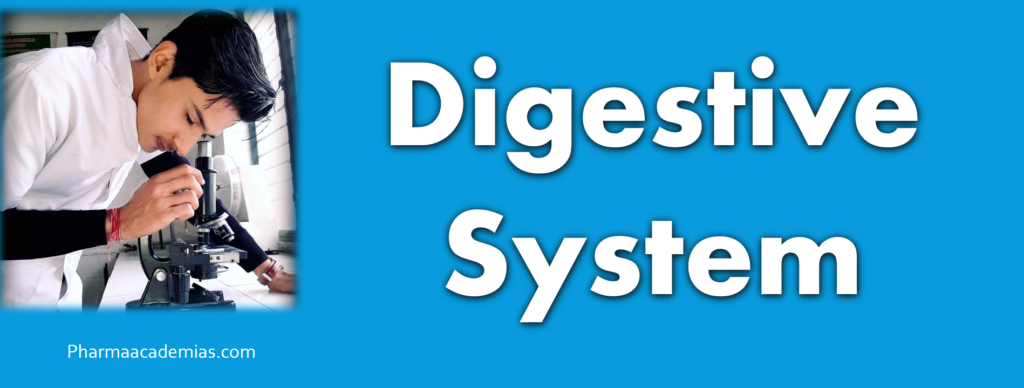“The gastrointestinal tract is part of an organ system in humans and other animals that takes in food, digests it, absorbs nutrients, and expels it out in the form of feces.” The gastrointestinal tract in humans begins at the mouth, continuing through the esophagus, stomach, and small and large intestines. The GI tract is about […]
Day: October 17, 2023
Lung Volumes and Capacities: Lung volumes and capacities describe the amount of air within the lungs and the ability to move air during different phases of respiration. Here are the commonly measured lung volumes and capacities: 1. Tidal Volume (TV): The, Tidal Volume measures the air volume the lungs inhale and exhale during an unforced, […]
Respiration, the process of breathing, is a vital physiological function that ensures the exchange of oxygen and carbon dioxide between the body and the external environment. It is a complex process that involves both voluntary and involuntary control mechanisms. In this detailed note, we will explore the regulation and mechanism of respiration. 1. Respiratory Centers […]
Anatomy of lungs
The lungs are vital organs in the respiratory system, exchanging oxygen (O2) and carbon dioxide (CO2) between the blood and the air. Understanding their anatomy is crucial for comprehending their function and how they support respiration. 1. Lobes: •Each lung is divided into lobes. The right lung has three lobes: the upper, middle, and lower […]
Respiratory system
The respiratory system is a complex biological system in the human body responsible for the process of breathing. It includes the lungs, airways (such as the trachea and bronchi), and various muscles and structures that work together to facilitate the exchange of oxygen and carbon dioxide between the body and the external environment. This exchange […]
Blood pressure refers to the force of blood exerted on the walls of the arteries as the heart pumps blood throughout the circulatory system. It is a crucial physiological parameter that, when regulated properly, ensures the delivery of oxygen and nutrients to body tissues. In this detailed note, we will explore blood pressure and the […]
The cardiac cycle is the sequence of events that occur during one complete heartbeat, which includes the relaxation (diastole) and contraction (systole) of the heart chambers. These events are accompanied by distinct sounds known as heart sounds. In this detailed note, we will explore the cardiac cycle and the heart sounds in depth. Cardiac Cycle: […]
The circulatory system is a complex network of blood vessels that transport oxygen, nutrients, hormones, and other essential substances throughout the body while removing waste products and carbon dioxide. This intricate system consists of three primary circulatory pathways: pulmonary circulation, coronary circulation, and systemic circulation. I. Pulmonary Circulation: Pulmonary circulation refers to the part of […]
Spleen
The spleen is a vital organ located in the upper left part of the abdomen, just below the ribcage. It serves multiple functions in the body, including filtering and purifying the blood, recycling old red blood cells, and playing a role in the immune system by housing immune cells and contributing to the body’s defense […]
Lymph nodes
Lymph node structure: Lymph nodes are small, bean-shaped structures distributed throughout the body along the lymphatic vessels. They constitute an integral part of the lymphatic system and possess a distinctive structure, featuring the following elements: Functions of Lymph Nodes: Lymph nodes undertake pivotal roles in the body’s immune system, actively participating in several key functions: […]









